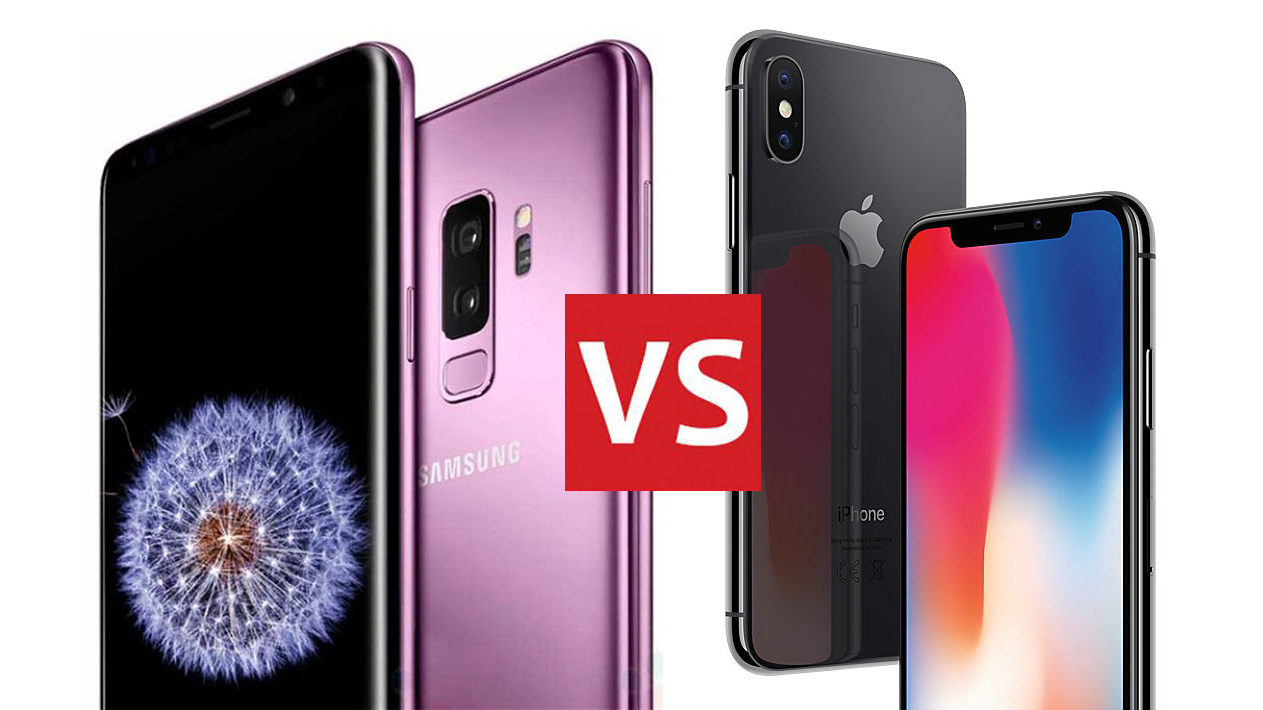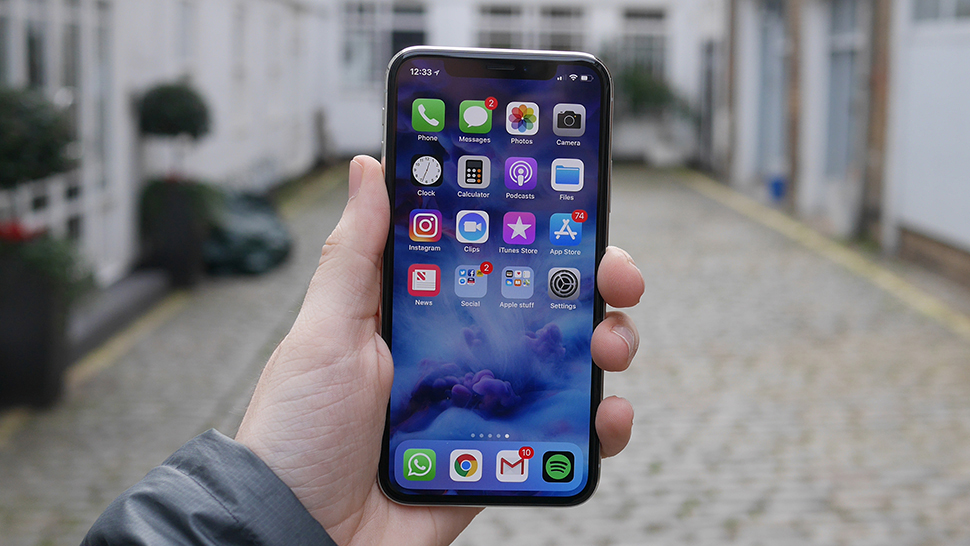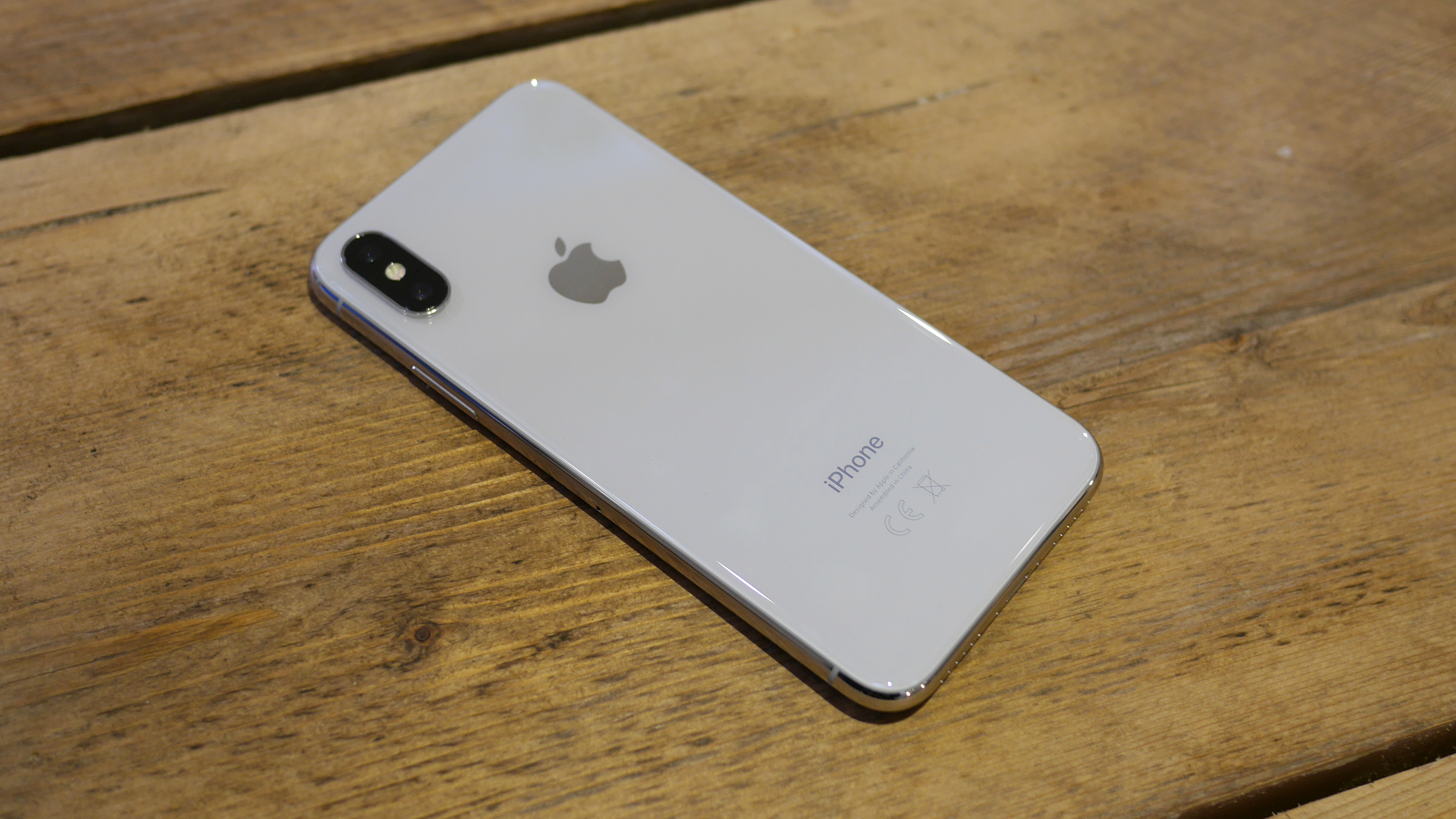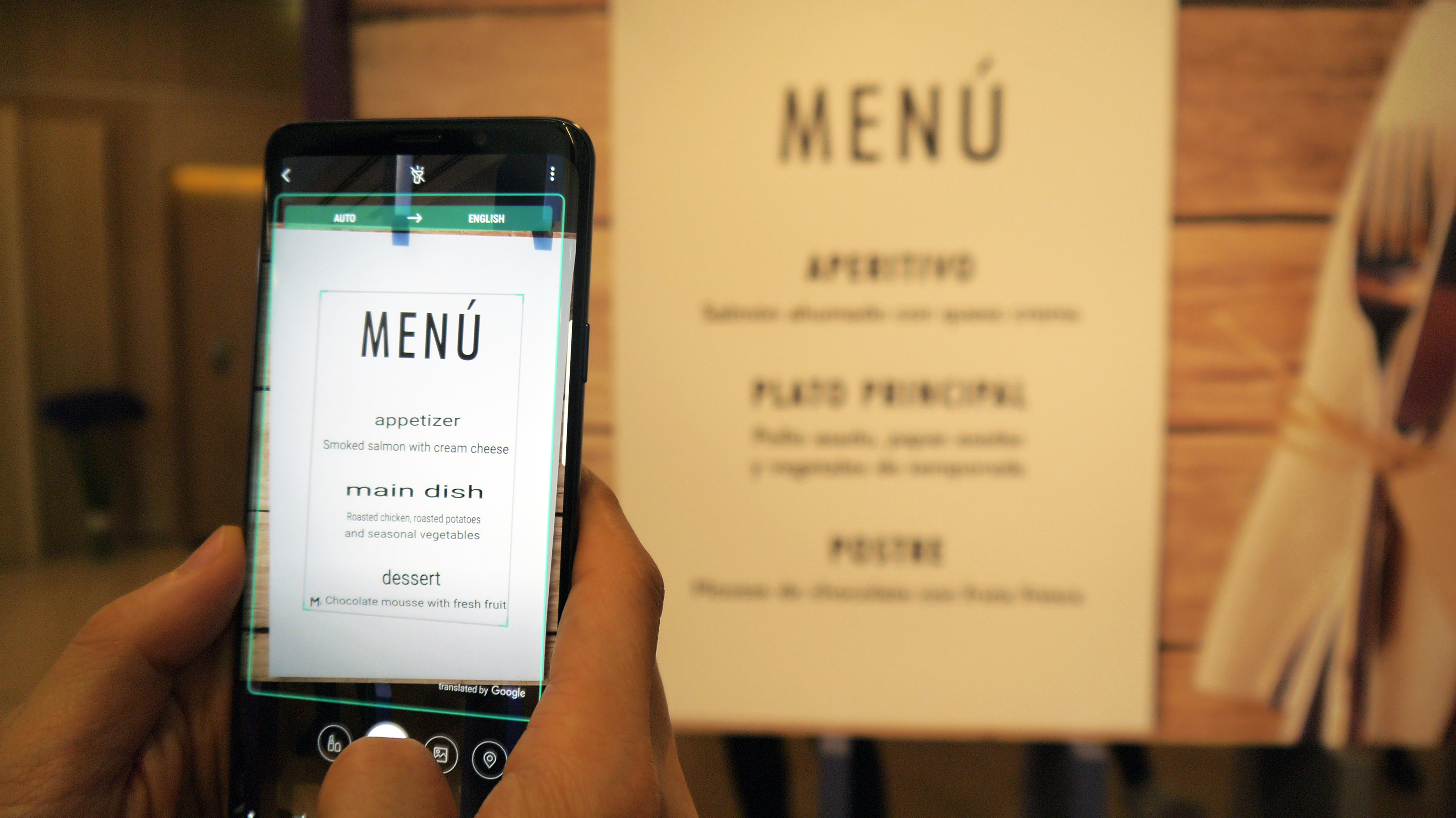Samsung Galaxy S9 vs iPhone X: which one should you buy?
Apple take on Android in the ultimate flagship royal rumble. But which phone will come out on top?


The disgraced comedian Louis CK famously joked about how jaded we’ve become: we moan about patchy Wi-Fi on planes, completely disregarding the fact that we’re in a chair that’s flying through the sky. It’s a similar story with smartphone tech. Specs that would have seemed impossible even four years ago are everyday now, so when Apple introduced the iPhone X many people just went “meh”: sure, it was clever. But so was the iPhone 8, and that was a hell of a lot cheaper.
Samsung may get a similar reaction, because the Galaxy S9 has a lot in common with the S8 but costs a bit more. However, as with the iPhone X there are some really, really big differences between it and its predecessor – but because Samsung’s prioritising different things that means there’s some clear blue water between the two firm’s flagships. Let’s discover the crucial differences.
Samsung Galaxy S9 versus iPhone X: design

The iPhone X is a radical departure by Apple standards: it’s almost all screen bar the notch at the top, where the FaceID sensors are located. Other than that it looks a bit, well, Samsung-y: there’s only so much you can do when the vast majority of your device is its display. It does make other iPhones look positively porky, though.
The Samsung is – surprise! – very Samsung-y too. It’s very similar to the S8, but the already small horizontal bezels have been made smaller, the problematic fingerprint sensor has been moved and the software has been tweaked so that the app tray works in landscape mode. That’s a notch-free landscape mode. And while we’re throwing shade at Apple, look! A headphone jack! Unlike iPhone owners, S9 owners needn’t fear a forgotten dongle when they want to listen to music.
Samsung Galaxy S9 versus iPhone X: display

OLED displays are nothing new to Samsung fans but this is the first iPhone to pack one. It’s 5.8 inches with a resolution of 2,436 x 1,125 at 458ppi, minus the notch: it’s not something you particularly notice in portrait mode but it’s a minor irritant in landscape.
Like its predecessor the S9 has a 5.8 inch Super AMOLED screen capable of 2,960 x 1,440, although it defaults to full HD for performance and battery reasons: you can change that in Settings. It also has always-on notifications, one of our very favourite things about AMOLED displays.
Samsung Galaxy S9 versus iPhone X: processor and storage
The iPhone X has Apple’s A11 Bionic processor and M11 motion coprocessor. It’s a hexa-core processor with two high-performance cores and four high-efficiency cores. It benchmarks better than some of the Intel chips in the current MacBook Pro range. There are just two storage options, 64GB or 256GB, and there’s no microSD slot or other expandable storage.
Get all the latest news, reviews, deals and buying guides on gorgeous tech, home and active products from the T3 experts
Samsung offers different octa-core processors in different markets. The US and China get Snapdragon 845s, while customers in the rest of the world get Samsung’s own Exynos 9810. Both flavours of S9 come with 4GB of RAM, 64GB of storage and a microSD slot.
It’s pointless comparing core numbers or speeds here: because Apple makes the hardware and the OS it can fine-tune things in a way Samsung, who makes the hardware but not the OS, can’t. As a result iPhones often leave better-specced Android phones in the dust. Think of it like a golf handicap: because Android isn’t manufacturer specific, manufacturers need to provide more grunt than Apple does. All you need to know is that both phones are screamingly fast.
Samsung Galaxy S9 versus iPhone X: cameras

The selfie camera in the iPhone X is very clever, and its 7MP resolution is just part of the bigger picture. Apple calls it a TrueDepth camera, and it creates a 3D map of your face (or anything else) so that you can use FaceID to unlock your phone or to control animated emoji. The possibilities for app developers to use the iPhone’s cameras for 3D scanning are exciting but so far largely untapped.
As a camera, the selfie camera has the same Portrait mode previously seen only on the rear cameras, with really clever studio-style lighting and the ability to produce impressively SLR-like shots. With an f/2.2 aperture, wide colour capture and retina flash – where the display acts as a flash for better, red eye-free selfies – it takes very good photos indeed.
The rear cameras are no slouch either. They’re good for 4K video up to 60fps, and the stabilised dual-lens setup consists of an f/1.8 wide-angle lens and an f/2.4 telephoto lens. Optical zoom is 2x and there’s 10x digital zoom. The big selling point here is once again Portrait mode, which enables you to apply studio or stage lighting and change your mind later.
Apple has changed its file formats for the current crop of iPhones: while they can still shoot and export JPEGs, they default to HEIF (High Efficiency Image Format) for smaller file sizes (and the equivalent, HEVC, for video).
It’s all very impressive, but if you think an f/1.8 camera is impressive wait until you see the Samsung. The Galaxy S9 can claim a smartphone first, delivering an astonishingly bright f/1.5 from its dual lens rear camera. It offers 960fps slow motion, video wallpaper and GIF editing, augmented reality emoji (similar to, but not the same as, Apple’s iPhone X-only animoji) and vastly improved image noise reduction. Video speeds top out at 60fps in 1080p mode and 30fps in 4K.
Samsung Galaxy S9 versus iPhone X: software

The iPhone has iOS 11, the latest iteration of Apple’s own OS. FaceID is the main selling point here, but the OS also represents Apple betting heavily on Augmented Reality as a key plank of the smartphone’s future. As ever iOS comes with Siri, which – for those of us in the UK at least – remains frustratingly limited and occasionally hard of hearing.
Samsung’s Siri is called Bixby, and it’s had a significant upgrade in the S9. It can now tell you the calorie content of foods you point your phone at, tell you about interesting things nearby and deliver live translations, which is handy for travellers. The main OS is Android 8.0, aka Oreo.
Samsung Galaxy S9 versus iPhone X: battery
Wireless charging is another area where Apple came late to the party, but the iPhone X has Qi-certified wireless charging. It also has a (wired) fast charge mode that goes from zero to 50% in 30 minutes. The battery is 2,716mAh, which is slightly bigger than the one in the iPhone 8 Plus but smaller than the fast and wireless charging 3,000mAh battery in the Samsung. As with performance, because Apple controls both the hardware and the software it can optimise more efficiently than any manufacturer working with somebody else’s OS and therefore get away with a slightly smaller battery.
Samsung Galaxy S9 versus iPhone X: overall
The most discussed number for the iPhone X wasn’t a benchmark or a camera pixel count. It was the price. At GBP £999 for the base model, it’s the most expensive iPhone yet. The iPhone 8 Plus, which offers very similar performance and very similar features without FaceID or selfie portraits, is £200 cheaper; the standard iPhone 8 is £300 less. It’s probably not a surprise, then, that industry insiders report Apple scaling down production as a result of unexpectedly low demand.
The Galaxy S9 will be more expensive than its predecessor but cheaper than the iPhone X, with a predicted price of GBP £739. For anybody looking for a flagship phone who isn’t committed to a particular ecosystem that’s a huge advantage over the iPhone, but no matter what phone you already have the incredible aperture of the Samsung’s camera is seriously tempting. The S9 might not look dramatically different from its predecessor, which remains an exceptionally good phone, but its camera is a massive leap forward.
- Shopping in the mid-range? These are the best phones you can buy
Writer, musician and broadcaster Carrie Marshall has been covering technology since 1998 and is particularly interested in how tech can help us live our best lives. Her CV is a who’s who of magazines, newspapers, websites and radio programmes ranging from T3, Techradar and MacFormat to the BBC, Sunday Post and People’s Friend. Carrie has written more than a dozen books, ghost-wrote two more and co-wrote seven more books and a Radio 2 documentary series; her memoir, Carrie Kills A Man, was shortlisted for the British Book Awards. When she’s not scribbling, Carrie is the singer in Glaswegian rock band Unquiet Mind (unquietmindmusic).
